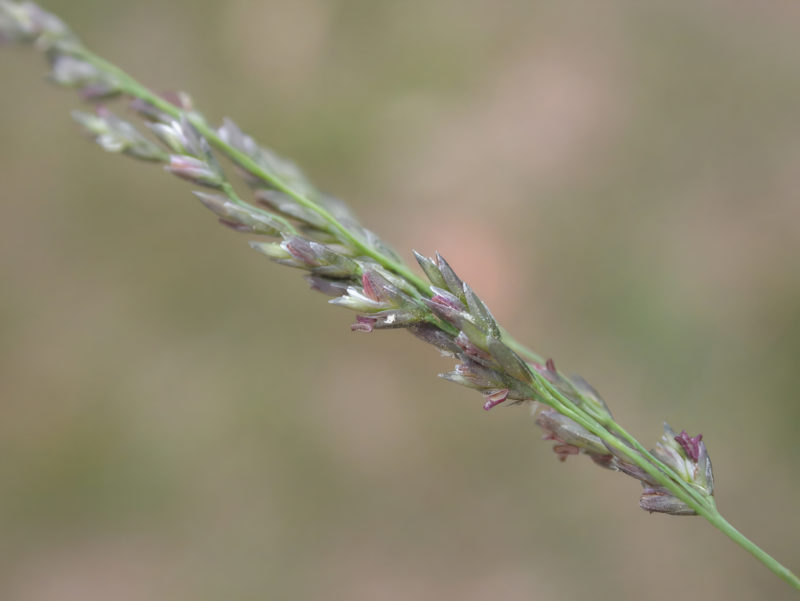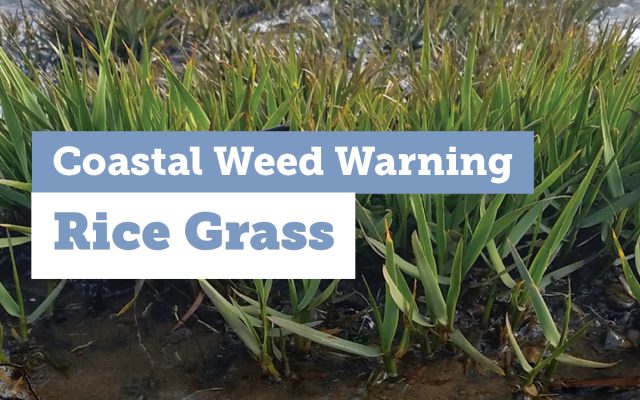Weed of the Month (April): African Lovegrass
African lovegrass (Eragrostis curvula) is an invader of roadsides and disturbed sites from where it can spread to pastures and natural areas.
Producing many seeds, African lovegrass quickly overtakes other vegetation and forms dense stands which can completely change habitats and impact on a range of native species.
In agricultural areas, low-nutrient mature plants reduce pasture quality and are difficult to control.
While African lovegrass is not currently widespread in Tasmania, it has occasionally been identified on roadsides in the Huon Valley (where it was quickly controlled).
In 2021, Huon Valley Council is undertaking a project to prevent the spread and minimise the impacts of African lovegrass and other serious grass weeds in the Huon Valley. This project will contribute to Stage 2 of the Tasmanian Weeds Action Fund, a $5 million Tasmanian Government initiative, funded from 2018 for five years and delivered by NRM North.


Have you seen it?
- A densely tufted, long-lived grass growing from 30cm to 120cm high.
- The leaves are dark green to blue-green, narrow, 25cm to 35cm long, and rough to the touch, with tips often bleached and curled.
- Flower heads grow on stems that rise above the tufted leaves. Grey-green or purplish in colour at first, the flower heads become paler and turn straw-coloured as they mature.
- Flower heads produce ripe seeds from January to March. The seeds are tiny and can be yellow/orange, brown or black in colour.
We need your help to eradicate this weed from the Huon Valley.
Please report local sightings to Council:
Weed Management Officer
(03) 6264 9439
nrm@huonvalley.tas.gov.au
Information on weed management, including developing your own weed management plan, can be found on our Weeds and the Huon Valley webpage.



